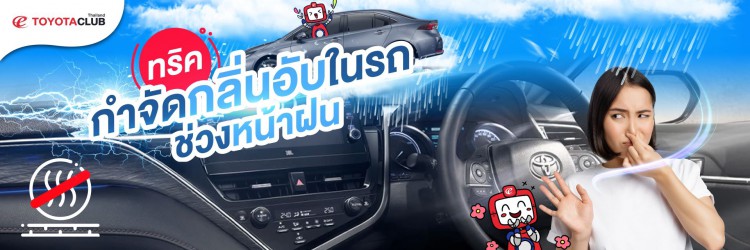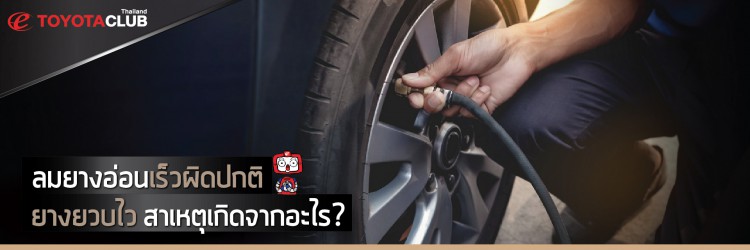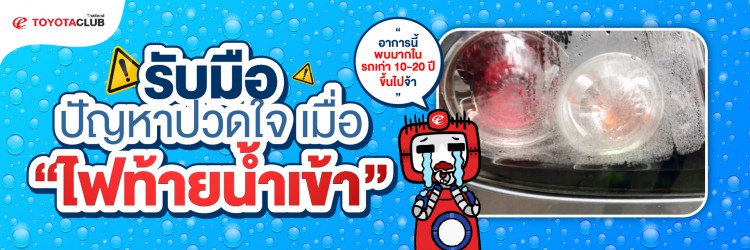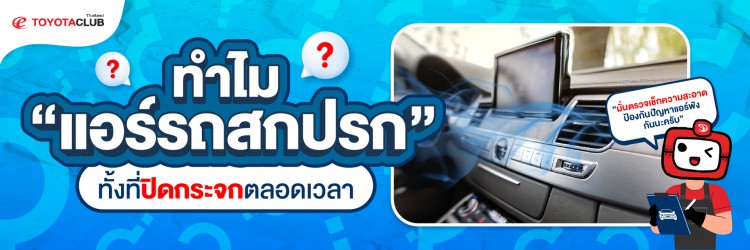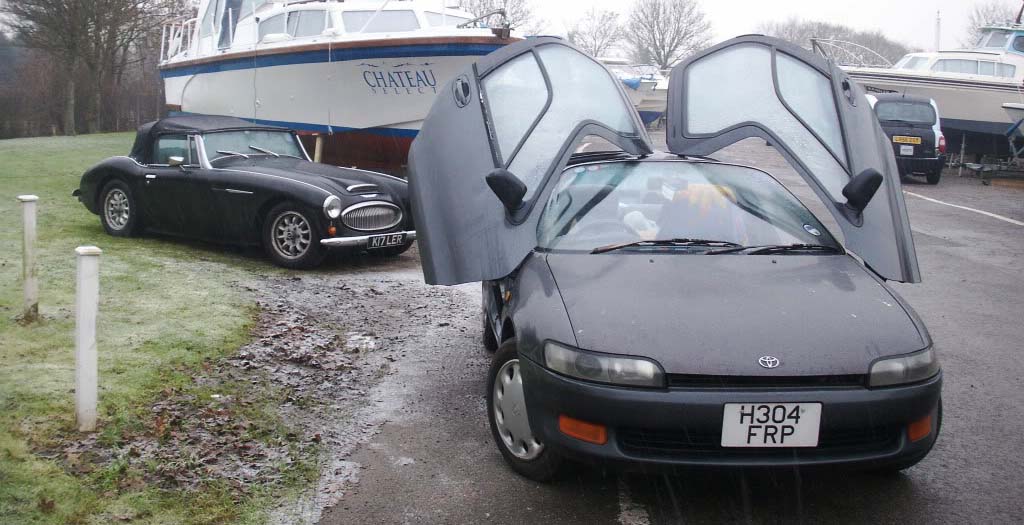

Toyota Sera Part2
Importation
As the Sera was built solely for the Japanese market all cars were right-hand drive as factory standard and the speedometer and odometer units were metric. This makes the car readily importable into countries with similar standards and requires only minimal changes for ones such as the United Kingdom (where vehicles are also right-hand drive but instruments are in Imperial units). However, major alterations may be necessary before the Sera is legal for general use in, or even importation into, other countries such as the United States and the majority of European nations. In Australia, most Seras will have required three-point seatbelts and side impact beams to be fitted for compliance, as such it may be beneficial to import a later model Phase III to avoid this third-party work.
The Sera is still very well supported by Toyota for spares, and many overseas dealers are happy to order parts and service the car. In particular, any country where the Toyota Starlet, Cynos or Paseo are common should have good sources for new and secondhand replacement parts as well as qualified repairers and service garages.
Phases
The Toyota Sera was produced in three distinct versions, with either manual or automatic transmission, standard or ABS brakes and regular stereo or Super-Live Sound System ("SLSS" - see below) forming the three major choices for buyers. There were also a large number of additional factory options available across the entire production run.
- Phase I (March 1990 - May 1991)
- The initial build and the majority of the Sera's total production (around 12,000 of the 15,852 or so cars produced). Unique features included:
- beige/tan interior or greyish blue depending on exterior colour
- bayonet fuel filler cap
- hardwearing ribbed and woven seat material
- Phase II (May 1991 - June 1992)
- Second version (around 2,300 cars produced). Unique features included:
- pastel pattern in the main sections with tan/greyish bolsters depending on interior colour
- screw-type fuel filler cap
- different seat materials
- Phase III (June 1992 - December 1995)
- The final version of the Sera with many more changes than the second phase (remainder of around 1,550 cars produced). Unique features included:
- grey interior with seat fabrics that have a secondary colour to complement the exterior colour
- some engine component revisions
- side impact beams in the doors
- optional airbags (which may have been automatically accompanied by ABS)
- three-point rear seat belts
- stronger door struts to compensate for the side impact beams
- solid plastic spoiler with LED high-level brake light incorporated (the only external change to the Sera)
- Phase III "Amlux" Special Edition
- The Phase III Sera also featured a limited edition model, the Amlux, named after Toyota's flagship building in Tokyo. The Amlux Building houses the world's largest automobile showroom and is situated in Ikebukuro. It is a one of a kind oval-shaped high rise building that glows purple at night, but with a curious matte-finish look, and flashing white strobes.
- The Sera special edition Amlux versions were based on the phase III SERA with automatic transmission and SLSS. Unique features included:
- Two-tone green paint
- Special colour hubcaps
- Blue tinted glass
- Choice of 6 special colours of seat material designs
- Rear seat cover
- AMLUX logo on mats
- AMLUX logo on door
- Personalised name plate on the car
- Personalised seat cushion and also a special scarf
It is believed that 21 cars were produced. There is known to be one car in Ireland (March 2011) and one car in the UK (August 2011)
All Amlux cars were built between September and December 1992.
Factory options
All Phases of the Toyota Sera came with a range of factory optional extras. The major mechanical option was the Anti-Lock Braking System. Additional options included:
- A variety of logo and stripe stickers
- Body kits
- Car-phone and/or car-fax
- Parking sensors
- Patterned window-tinting
- Roof cover
- Ski-racks (which attached to the doors)
- Smoked perspex upper spoiler
- Striking patterned seat & floormat materials
- Various stereo Head Units
Super Live Surround Sound (SLSS)
One major internal option came in the form of an advanced car audio system known as the Super Live Surround Sound or SLSS. The SLSS comprised a total of 10 speakers; 3 x 10 cm tweeters in the front console (left, right and centre), 2 x 10 cm door-mounted cones (left and right), 2 x tweeters and 2 x cones contained in a single, tube shaped unit mounted on the rear parcel shelf, and a boot fitted 'Acoustic Resonance Woofer' (subwoofer). The SLSS came with a three mode Digital Sound Processor (DSP) which cycled through 'off', 'Casual' or 'Funky' mode by use of a button labelled "WARP" on the CD/Radio or CD/Radio/Cassette head unit. These produced slight differences in sound quality through preset values for settings such as bass and treble, as well as rotating the speakers in the rear unit to either project directly into the car or bounce off the rear window. A complete and functional SLSS is one of the most highly sought after options by Toyota Sera enthusiasts, but by being factory fit is quite hard to retro-fit.
Air filtration/fragrance systems
Sera buyers could also add one of two different styles of electronic air cleanser/fresheners. These came in the form of either a standalone roof mounted filter and interior light unit known as "CleanAce" or an integrated device known as an "Air Fantasy" that was mounted in the centre console beneath the audio head-unit. The roof unit took air in through a vent at the front and ran it out through a filter at the back. The Air Fantasy system was connected to the vehicle's own air-conditioning system and would pump small bursts of scented air (from one of three replaceable scent packs) either automatically or on demand through the air vents. Although the roof unit is relatively common for an optional extra, the Air Fantasy is especially rare.
Fragrances include Deodorizer (White), Morning Green (Orange ), Peppermint (Blue), White Herb (Green) and Sazan Floral (Yellow)
The CleanAce system might have been intended for smokers. There are a number of after-market systems which replace the cabin light and perform a similar job.
Aftermarket variations
Many Toyota Seras have received aftermarket additions or improvements aimed at extending the usable life of the vehicle, improving the overall performance or to rectify commonly perceived issues such as body roll or poor headlight levels.
Engine tuning
By far the most common mechanical improvement is the tuning or complete replacement of the engine. The factory standard 5E-FHE developed, when new, 110 PS (108 bhp), and is the most powerful of the normally aspirated versions of the Toyota E series engine. However, with minimal modification to the car itself this unit can be replaced with the factory Toyota Starlet GT Turbo or 'Glanza' engine (4E-FTE) which develops 135 PS (133 bhp). This has been successfully transplanted in a number of Seras in Japan, Australia and the UK where the 'bolt-on' nature of the change and the relatively cheap price of both the replacement engine and additional parts (due to the large numbers of Starlets produced) make it much more attractive than tuning the existing 5E-FHE with custom parts. The Starlet Turbo can be additionally tuned to give substantially more power (175-200 bhp) than that released by Toyota. However, in order to achieve these levels of power it is necessary to make quite a number of changes - exchanging the intercooler for a larger version and relocating it to the front bumper, installing a revised exhaust and induction kit, plus a number of electronic engine management devices to alter the fuelling and turbo boost safety points. More specialised options have included using the 4A-GE engine (black top with map sensor) which can produce around 165 hp (123 kW) giving the car a power-to-weight ratio of 5.63 kg/hp (in comparison to the more modern Mazda RX-8 for example which has a power-to-weight ratio of 5.93 kg/hp). With a Standalone Engine Management System (EMS/ECU) and various other engine modifications, the 4A-GE can readily be made to produce around 200 hp (150 kW), and in excess of 230 bhp (170 kW) with the addition of a larger turbo. At least two Seras in Japan are claimed to have 300 bhp (220 kW),in Australia produces a claimed 290 bhp (216 kW) and one in Sri Lanka claimed to have 270 bhp (200 kW). These are extremely expensive and specialized conversions as the engines and transmissions have to be strengthened, cooling and fuel issues have to be addressed and improvements are required to the brakes and handling package.
Handling
Despite its sporting coupe image, the Toyota Sera suspension is equipped with much softer springs than might be expected. To compensate this problem an aftermarket handling package is available, developed with the assistance of Leda Suspension. This gives the car a firmer and more sporting drive with less pronounced and more progressive body roll characteristics. The car is lowered slightly as well. The kit contains: 1 pair of front dampers, 1 pair of front progressive rate springs, 1 pair of rear dampers, 1 pair of rear progressive rate springs. Because of the similarities between the Sera, Paseo/Cynos, & Starlet GT, other parts such as swaybars, strut bars, other braces and brakes can be retrofitted.
Bodykits
There are several designs of full bodykit and sections available for the Sera. Popular amongst these are full kits made by G5 Speed Garage (Japan), Quest Power: Type-A (Japan), Cia Style Kit (UK), X-Racing (Australia). and a rear bumper by Andros (Cyprus), Sera bodykits mainly include redesigned and grounded front bumpers, front splitters, carbon-fibre bonnets, wheelarch trims, wide arch kits, front bumper extensions, side skirts, rear spoilers, headlamp eyelids and body mounted rear wings.




